29/6/2022
A train was derailed in San Francisco, as the result of an heatwave in the area. The heatwave caused temperatures to soar around 35 degrees higher than the railway’s usual operating temperature, which meant the tracks became “misaligned”. The derailment caused a accident, with all 50 passengers having to be evacuated and several people reporting minor injuries. The Temperatures on the track reached 60 degrees Celsius near the city of Concord in the Bay Area. The bowing of the track caused by the temperature made the train fall off its rails.
Photo Pi.1415926535

29/6/2022
Recent Met Office research as shown that the
chances of reaching the record-breaking temperatures of June 2003 in Western
Europe is now 10 times more likely then it was 20 years ago. What was once in a
723-year event is now a one in 66-year event. Using climate projections, the
team were able to calculate that unless serious action is taken to reduce
greenhouse gases emissions globally by 2100 then these extreme heat waves could
happen every two to three years. The noticeable heat waves like those recorded
in 2003 and in June 2022 have significant impacts on human health and can
severely affect food production. High overnight temperatures mean that the body
has no opportunity to recover from daytime heat which exacerbates health
conditions and causes heat related illnesses in people who are usually fit and
healthy.
https://www.metoffice.gov.uk/about-us/press-office/news/weather-and-climate/2022/climate-change-slashing-odds-of-record-western-european-june-temperatures
Photo Pixabay

28/6/2022
There are many schemes that offer the capture of Carbon Dioxide directly from the Air, but capturing carbon dioxide from the atmosphere, when it makes up just 0.04% of it, is a very different proposition to capturing it from industrial flue gases, where concentrations can range from 4–15%. So it seems to make sense to concentrate efforts on capturing the carbon dioxide at the source rather than later in the air. The cost of carbon capture is high but it is considerably less capturing the carbon dioxide in industry where it is produced. The biggest problem lies not in the carbon capture, but in the recharging of the capture devices releasing the captured carbon and turning in into a solid that can then be stored out of the atmosphere.
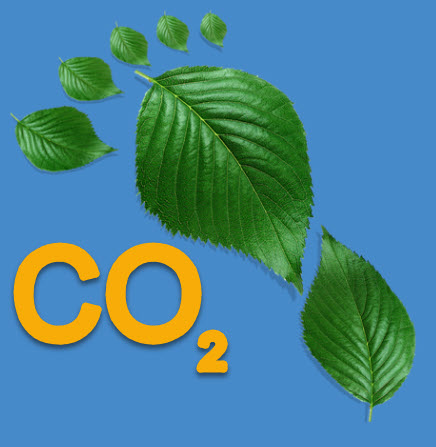
27/6/2022
Germany has reached the “alarm stage,” which is phase two of the three emergency methane-based gas plans, after Russia’s Gazprom throttled back deliveries by 60%. Phase three would allow the government to implement energy rationing which is looking more and more likely. As prices rise and supplies are reduced these shock waves can also be seen in other countries as Pakistan faces blackouts as expensive gas prices have forced the country, to decline purchases three times in June. The Australian gas market is in disarray as suppliers scramble to secure gas to meet winter demands and China is increasing its purchasing of methane gas from Russia, trying to secure cheap prices.
Photo Pixabay
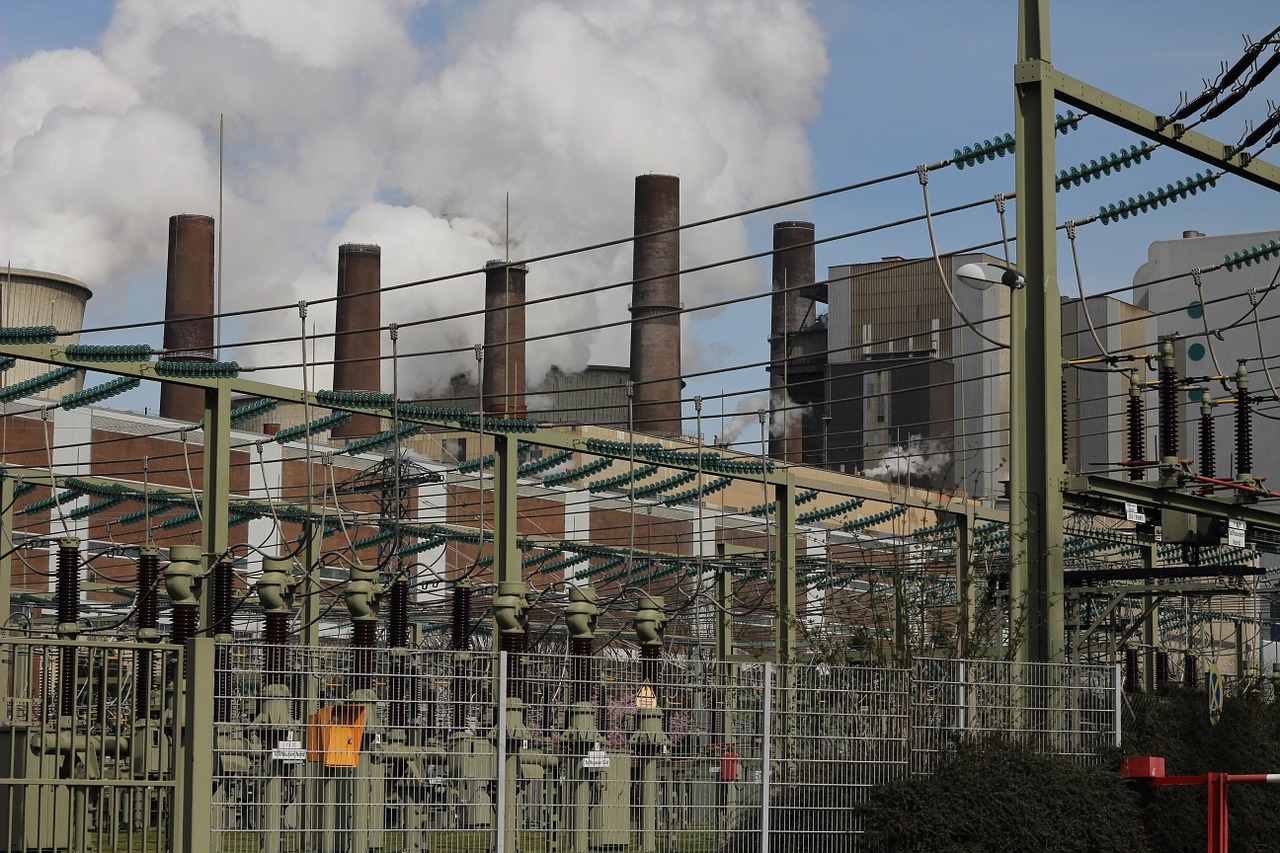
26/6/2022
According to the data collected so far we could be set for a good June. We have managed a considerable number of good days and few very bad days. The extra panels at the back of the house are helping considerably even though they are on a flat surface.
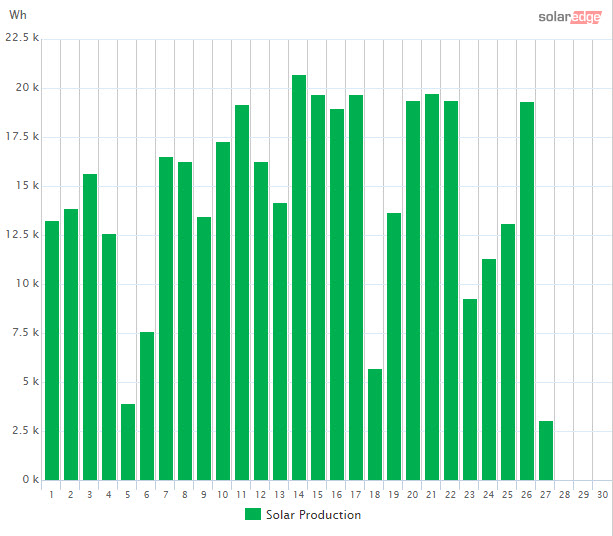
25/6/2022
Thousands of farmers gathered in the central Netherlands on Wednesday to protest their Government’s plans to enforce emissions of nitrogen oxide and ammonia. The cause of many of these emissions is cattle. To reduce these emissions, the number of livestock has to be severely reduced. In complaint, the farmers drove their tractors across the country, blocking traffic on major roads. The protest was organised earlier this month after the government published nationwide targets for reducing emissions, sparking anger from farmers who claim their livelihoods and those of thousands of people who work in the agricultural service industry are now on the line. The ruling coalition has earmarked an extra €24.3 billion to finance changes that will likely make many farmers drastically reduce their number of livestock or to get rid of them altogether. Calling it an “unavoidable transition,” the government mandated reductions in emissions of up to 70 per cent in many places close to protected nature areas and as high as 95 per cent in other places. Farms without livestock means no farms at all and no food being produced.
Photo BASF
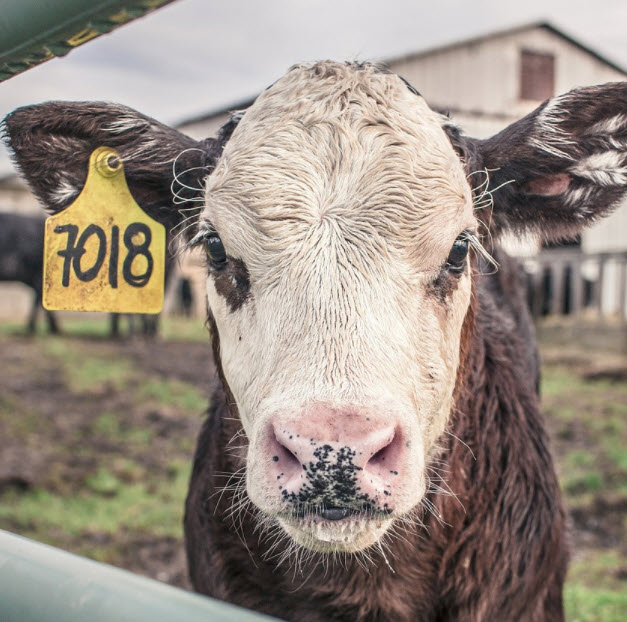
24/6/2022
BASF is going to build a commercial scale battery recycling black mass plant in Schwarzheide, Germany. The Annual processing capacity will be in the region of 15,000 tons of EV batteries and production scrap. The site is an ideal location for the build-up of battery recycling activities given the presence of many EV car manufacturers and cell producers in Central Europe. This investment will create about 30 new production jobs, with the start up planned for early 2024. Black mass production is the first step in the battery recycling process and is based on mechanical treatment of the batteries. The produced black mass contains high amounts of the key metals used to produce new batteries which are lithium, nickel, cobalt and manganese. It will be the feedstock for the commercial hydrometallurgical refinery for battery recycling that BASF plans to build mid of this decade.
Photo BASF
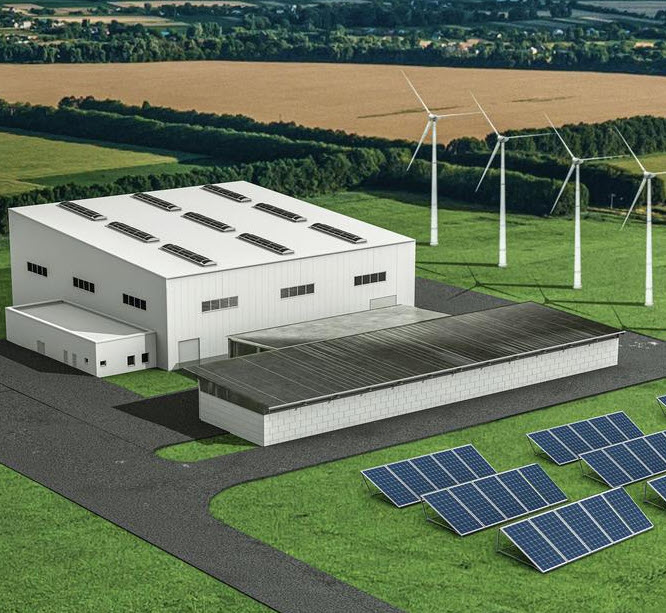
23/6/2022
Doing nothing now isn't an option. This is really only the early part of the summer in the northern hemisphere, but already record heatwaves are hitting Southern Europe and putting more pressures on hospitals that are still suffering with the rise of Covid. Strong winds are again her causing damage. The costs of the damage are now greater than the costs of mitigating the damage. So countries need to increase the flood defences, since the cost of putting these in place is less than the damage caused by the floods. But the real cause needs to be tackled. Putting in more renewable energy sources and getting rid of the carbon dioxide producing one. Effectively recycling plastics so that they don't get dumped in the sea and end up as microplastics putting whole populations in danger.
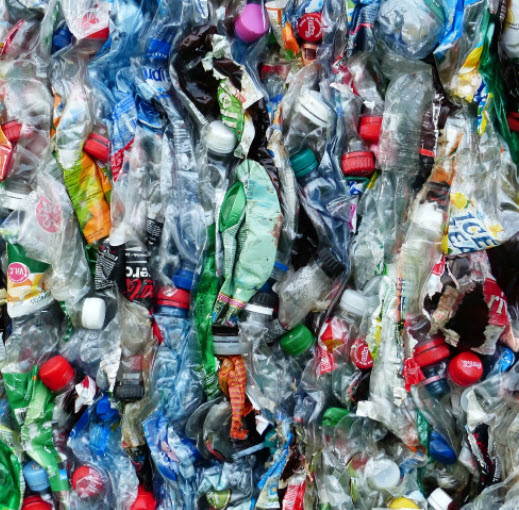
22/6/2022
Plans for an innovative £20m facility in West Dunbartonshire to turn waste plastic into hydrogen and support the UK’s energy transition to net zero have been approved. West Dunbartonshire Council have given the green light to the plant, the second of its kind in the UK. The plans were lodged by Peel NRE – part of Peel L&P – for the site at Rothesay Dock on the north bank of the River Clyde. The 13,500 tonne facility will use Powerhouse Energy Plc’s (AIM: PHE) pioneering technology to create a local source of sustainable hydrogen from non-recyclable plastics, destined for landfill, incineration or export overseas. The hydrogen will be used as a clean fuel for HGVs, buses and cars, with plans for a linked hydrogen refuelling station on the site. It follows the Government doubling its hydrogen production target by 2030 as part of the recently-published Energy Security Strategy so more clean and affordable energy can be produced in Britain as energy prices continue to rise globally.
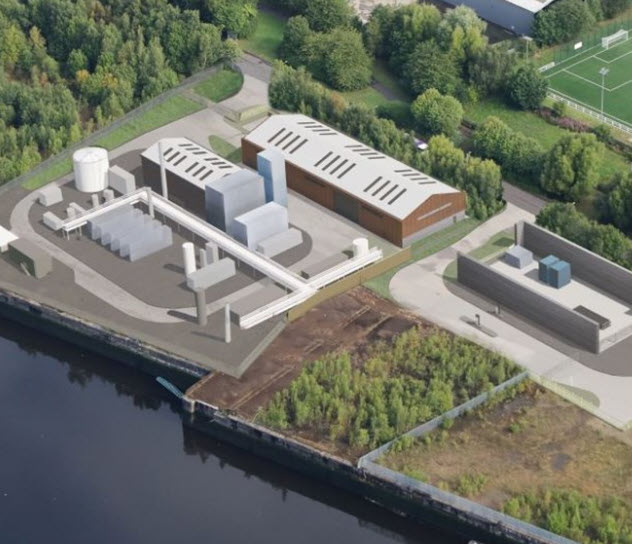
21/6/2022
There has been much in the press in the last few weeks about super worms that can eat up all the plastic in the world. All this is headlines, the facts are somewhat different. Researchers at the University of Queensland and many others elsewhere have been studying the beetle larvae Zophobas morio which has an ability to eat and breakdown polystyrene and manage to extract a limited amount of energy from the plastic and go onto grow into an adult. The worm essentially shreds the plastic so the bacteria can biodegrade it and break it down into smaller molecules that may be more easily digestible. The worms’ unique gut microbiome may hold a key to developing a chemical process to biodegrade the material. The researchers now need to identify the enzyme in the bacteria and how all the enzymes fit together to hopefully find the most efficient way to break down our plastic waste.

20/6/2022
To deliver one unit of heat with green hydrogen requires about five to six times more renewable electricity compared to a heat pumps. This means five to six times more generating capacity, more resources and more land. The cost of using electric heat pumps varies between 790 and 880 £/year for different scenarios, making it the least-cost decarbonisation pathway. If hydrogen is produced by electrolysis, the total system cost associated with hydrogen technologies is notably higher, varying between 1410 and 1880 £/year. However, this total system cost drops to 1150 £/year with hydrogen produced cost-effectively by methane reforming and carbon capture and storage, thus reducing the gap between electricity- and hydrogen-driven technologies.
https://www.sciencedirect.com/science/article/pii/S0196890422004459#b0045
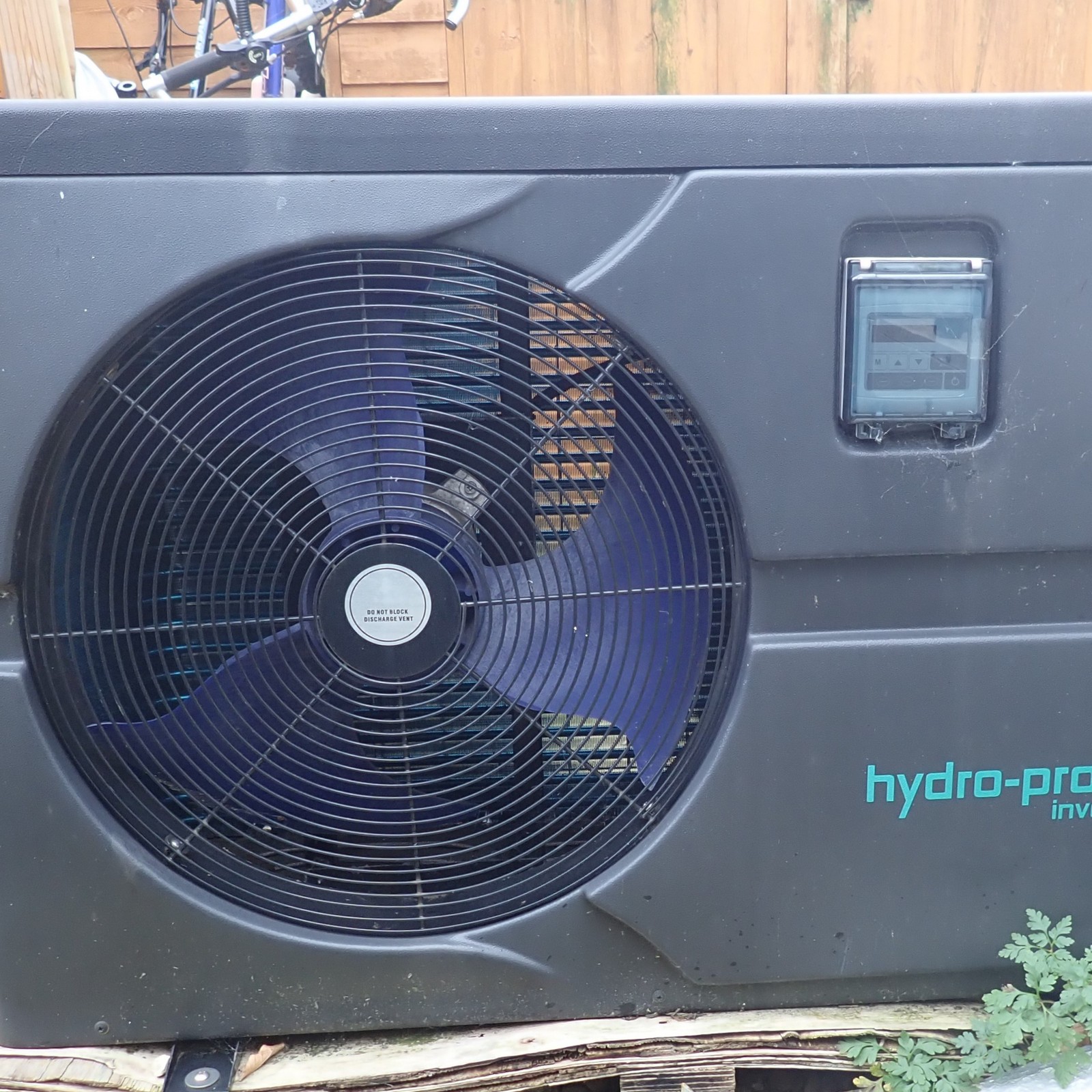
19/6/2022
Western Australia will be retiring all of its government-owned coal-fired power stations by 2030. They will then invest an estimated $3.8 billion by 2030 into a generation of renewables and storage, mostly wind and batteries, to ensure Western Australia has affordable and reliable power into the future. The purpose of the long period of notice and investing a large sum of money to support the long-term future of Western Australia’s only coal-producing region the Western Australian Government hope to minimise the impact of the transition on the local area. The plan is to attract new industries to the town and region, and hence create new jobs. The coal companies don't seem to see the same future. Premier Coal argues talk of coal’s rapid demise is inappropriately exaggerated. While Griffin Coal, Collie’s other coal company, said it had contracted sales with industry for the next 30 years. This is a good start for Australia, now if only the Eastern side of the continent could work in the same way and the National Government take on the idea, thing would be great.
Photo Farmtable.com.au
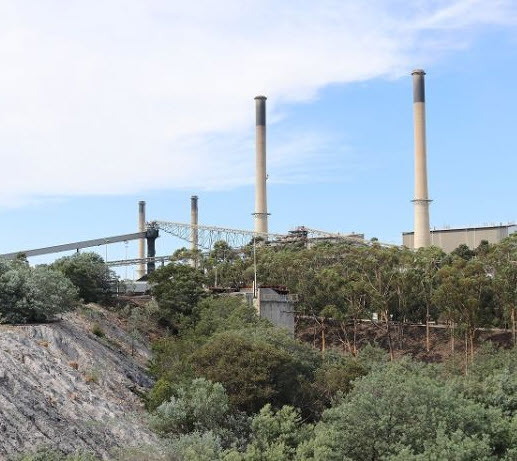
18/6/2022
The UK mini heatwave has been caused by an up swell in the heat from Europe where temperatures are up in the low forties in some parts of France. This has caused some outdoor public events to be closed because of the heat. The French interior ministry warned people to be extremely careful and not expose themselves to the very hot weather. This has been the earliest hot spell ever to hit the country, which has been caused by a mass of hot air moving from north Africa. Aiming for 1.5C temperature rise has allowed these changes in the climate so far. Missing this and allowing changes in global temperatures to 2C will encourage even more changes to take place. Already this year we have the exotic looking European bee eaters birds nesting in the UK. Conditions are getting right for fires again in Europe as the ground becomes tinder dry.
Photo Pixabay

17/6/2022
Today the UK is promised to be the hottest day of the year so far, but will it break any records? Where I live is never exceptionally hot but even we are promised 31C. We made 27.5C yesterday in my back garden. Of course my car was too hot to get into sitting out in the sun. It is relatively unusual for temperature to reach the mid 30°Cs in June ( June is often the worse summer month) and you have to go back to 1976 for the highest recorded June UK temperature (records date from 1884). 35.6°C was reached at Southampton Mayflower Park on 28th June 1976 and I am happy to say that I was there at that time. Many parts of the southern half of the UK are likely to exceed 30°C and may even reach 34°C in some places but thwe record for 1976 will probably remain. This hot spell is just a bit too short. It the hot weather was to continue for a few more days then records would be broken but milder conditions look likely to return later in the weekend with temperatures trending back to around average for June as we see cooler air push across the country from the northwest.
Photo Pixabay
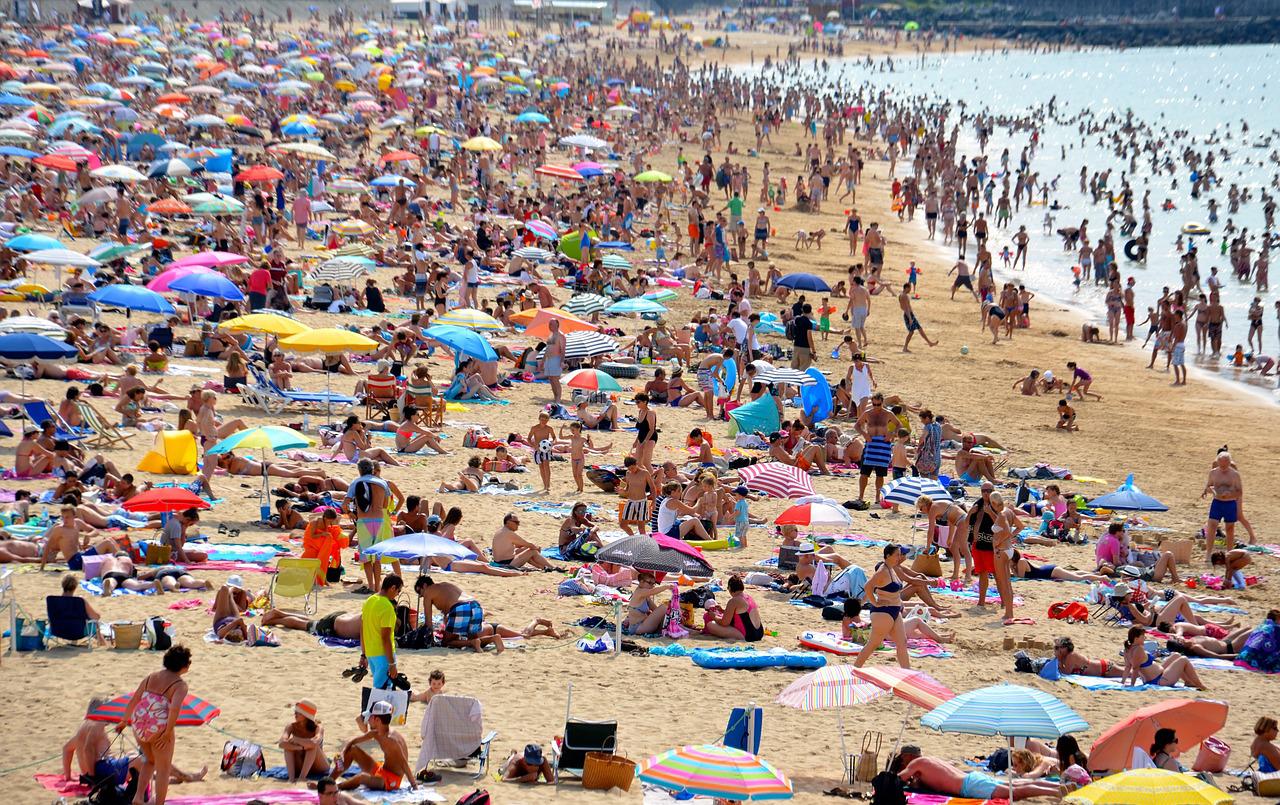
16/6/2022
Researchers from the Karlsruhe Institute of Technology are working on an Anode-less seawater battery with a Sodium conducting solid polymer. Sodium-seawater batteries (Na-SWBs) are considered as one of the most promising next generation battery chemistries for application in large-scale stationary energy storage systems (ESSs), due to the use of abundant seawater as the cathode. The energy can be converted and stored as chemical energy through the Na-SWB system (power to metal – Na metal production) and, when required, reconverted, and used as electric energy. The researchers have designed a Na-ion conductive solid-state polymer electrolyte (Na-SPE) constituted by a mixture of PEO, Na-ion salt, and ionic liquid (IL). This electrolyte is combined with a Na superionic conductor (NASICON) solid electrolyte for the realization of a Na-SWB. The energy storage capacity of this device is therefore theoretically limitless, as harvested sodium may continually be removed from the anode without affecting the performance.
Photo https://pubs.rsc.org/en/content/articlelanding/2022/EE/d2ee00609j
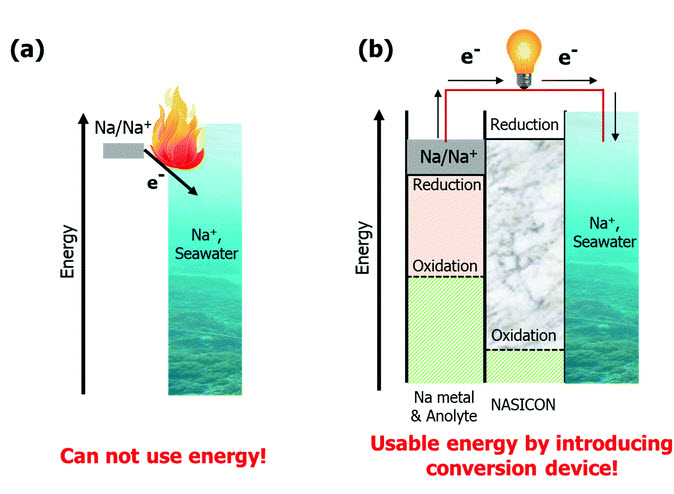
15/6/2022
An electrolyser turns carbon dioxide into a fuel and – for the first time – can operate using intermittent currents. This makes it ideal to integrate with renewable energy sources, like solar and wind, which suffer from major power fluctuations depending on the weather. Researchers from the University of Szeged, mimicking hydrogen fuel cells, by squeezing the anode and cathode against an ion-exchange membrane – an arrangement that resists pressure fluctuations. The cell survived for over 150 hours under intermittent input conditions similar to the irregular power supply of solar and wind farms. This would now make it possible to power CO2 electrolysers using renewable power rather than having to use the traditional thermal systems which had to be continuous.
Photo https://pubs.acs.org/doi/10.1021/acsenergylett.2c00923
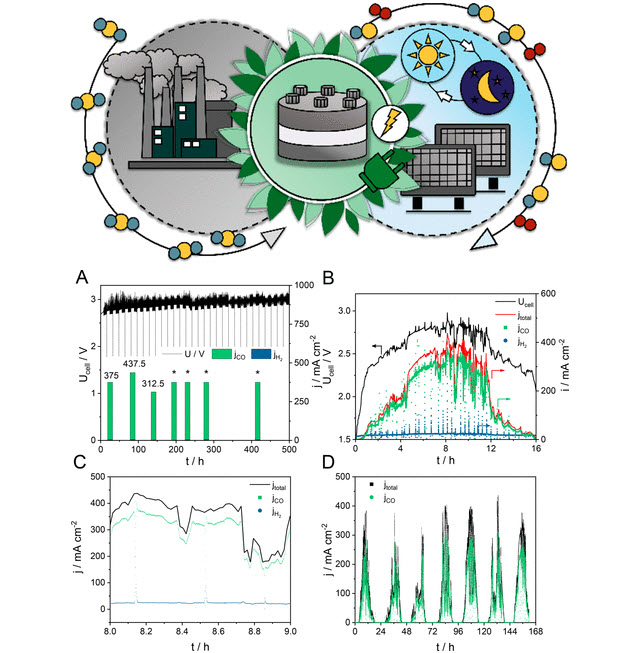
14/6/2022
Using a new polymerization technique that allows the design of macromolecules with a controlled and homogeneous architecture, researchers at the Institut Galien Paris-Saclay, have synthesized a polymer material that is very easily degradable. By inserting a brittle monomer into polyacrylamide it can, depending on the nature of the added monomer, either become soluble in water or present a solubility that can be adjusted according to the temperature, especially around that of the human body. In water, this new plastic can degrade by more than 70% within a week, compared to several months or even years for current reference biodegradable polymers, such as PLA or PCL for example. Due to the characteristics of these new polymers and their ease of synthesis, the research team believes that they could be used to deliver drugs by formulating these polymers as thermosensitive nanoparticles capable of solubilizing at body temperature.
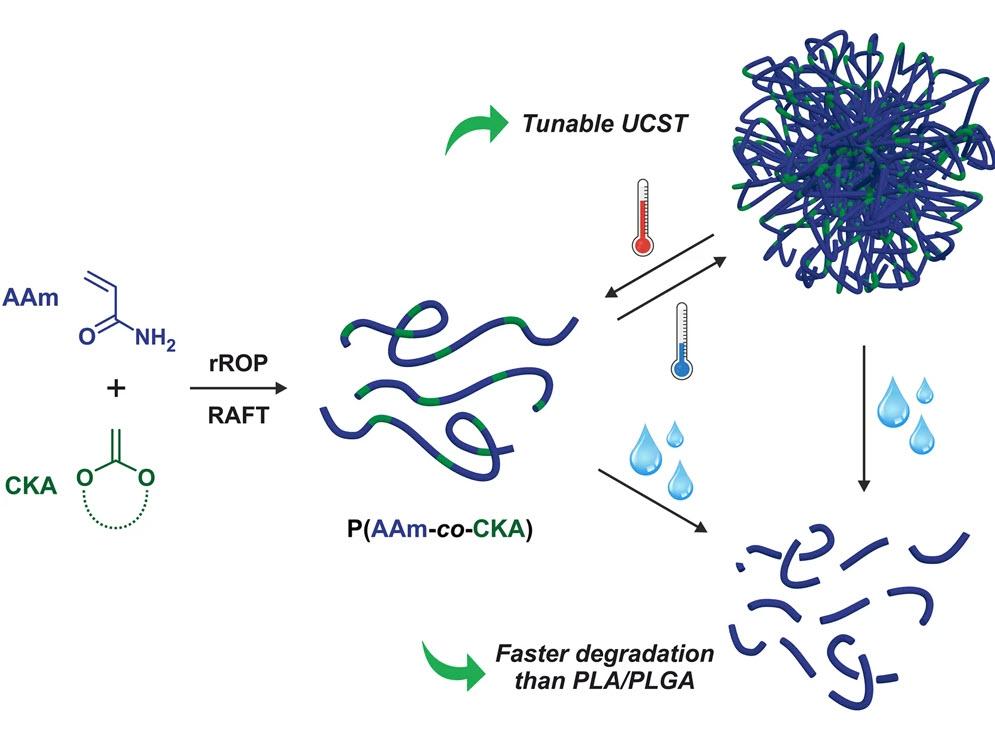
13/6/2022
Given the current global theme of development in CO2 reduction and sustainable energy utilization it is going to be necessary to move away from strong oxidizing or reducing reagents and harsh reaction conditions and more towards heterogeneous photocatalysis. This will enable sustainable solar-to-chemical energy conversion under mild conditions (e.g., room temperature, ambient pressure, and air as the oxidant) and offers unique reaction pathways for improved selectivity control. To accurately tailor the selectivity of desired products, the electronic structure (e.g., positions of valence-band maximum and conduction-band minimum), geometric structure (e.g., nanorod, nanosheet, and porous morphology), and surface chemical micro-environment (e.g., vacancy sites and co-catalysts) of heterogeneous photocatalysts require rational design and construction of a new breed of catalysts. The researchers from Tsinghua University demonstrated how heterogeneous photocatalysis can improve various organic transformations across industries.
Image Y. Dai, Y. Xiong, Control of selectivity in organic synthesis via heterogeneous photocatalysis under visible light. Nano Research Energy; 2022
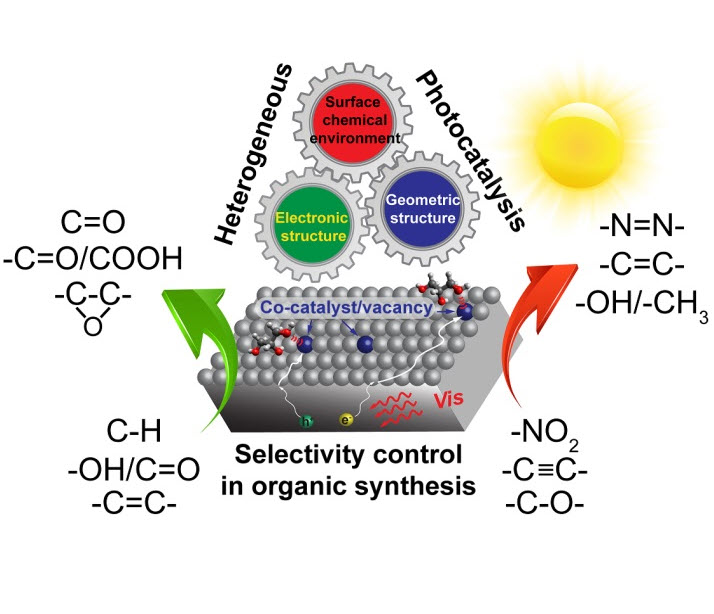
12/6/2022
In a Liquid-Organic-Hydrogen-Carrier (LOHC) process, gaseous hydrogen is bound to a non-hazardous carrier liquid which is safe to store and transport. The bound hydrogen can be released again in a catalytic reaction. The organic carrier liquid is reusable. The oily substance is similar to conventional fuels and is easily transportable by tankers and trains. This LOHC technology has been researched well for several years. However, there have not yet been any so-called 'hydrogen releasers' that could perform the process efficiently for mobile applications. A research team from Fraunhofer HHI and HI ERN have now developed an apparatus that elevates the hydrogen release process to a reproducible and scalable level. Additionally, a significant increase in power density is achieved compared to conventional hydrogen releasers. The catalysts need a large surface area as possible to release hydrogen efficiently. Aluminium plates are structured using a femtosecond laser and then coated with fine platinum dots. The surface of the structured plate thus offers a large internal surface area which can be enlarged by 7,000 to 10,000 times within this process. This means that even small aluminium plates provide enough surface area for effective hydrogen release. The research team are looking at trains but could this be scaled down suitably for hydrogen powered cars?
Photo pixabay

11/6/2022
Researchers at the University of Oldenburg have been examining spider webs webs for the smallest plastic particles – on inner-city streets with varying levels of traffic. They found mainly the plastic PET, presumably from textiles, as well as particles from the abrasion of car tyres and polyvinyl chloride (PVC). The amounts of plastic particles found depended on the location. Spider webs, the team concludes, are a simple and inexpensive means of monitoring air pollution by microplastics in the city and identifying particularly polluted areas. The samples, collected in a mid-sized German city, were processed with Fentons reagent and measured using pyrolysis-gas chromatography–mass spectrometry for specific, polymer related indicator compounds. All samples contained microplastics (MP) including tyre wear particles (TWP) contamination in air samples. All the spider webs were contaminated with microplastics. In some cases, the plastic content even accounted for a good tenth of the total weight of a web. Almost 90 per cent of the plastic consisted of PET (polyethylene terephthalate), PVC and material from car tyres. The proportion of tyre debris varied greatly – depending on the traffic on the adjacent road.
Photo pixabay

10/6/2022
The WINDSWIMMER utilizes a completely new type of mechanical motion, creating a 'mirror image symmetry' between two oscillating air foils. Two 'Differentials' are used, and the friction loss is minimal. The device is in the prototype stage of development at the moment but shows promise in preventing bird and bat death. As vertical wind turbines are scaled down they produce less and less power. This design is set to make more than 3x the power output of a vertical turbine and nearly silent in operation. The system also utilises vertical wings to create a low pressure behind the Windswimmer. In this way more wind energy is captured.
Photo Darin_Selby@hotmail.com
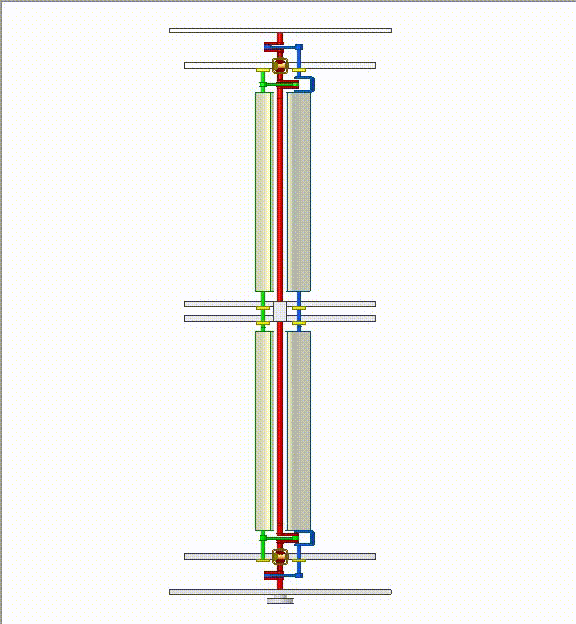
9/6/2022
According to the United Nations, soil erosion may reduce up to 10% of the crop yields by 2050, which is the equivalent of removing millions of hectares of farmland. As the world loses soil, then the food supply, the supply of clean drinking water and biodiversity are all threatened. So what is causing this problem? Deforestation, over farming an area, bad land management, the loss of organic matter, soil compaction, salinization of the soil just to name a few and its happening all over the world. So what can we do about this. Maintaining a healthy soil is largely about returning organic matter to the soil instead of constantly removing it. Organic farming helps here but it is not widely practised throughout the world. Organic farming tends to produce up to 40% higher yields in times of drought and reduces about 40% of the carbon emissions.
Photo Pixabay
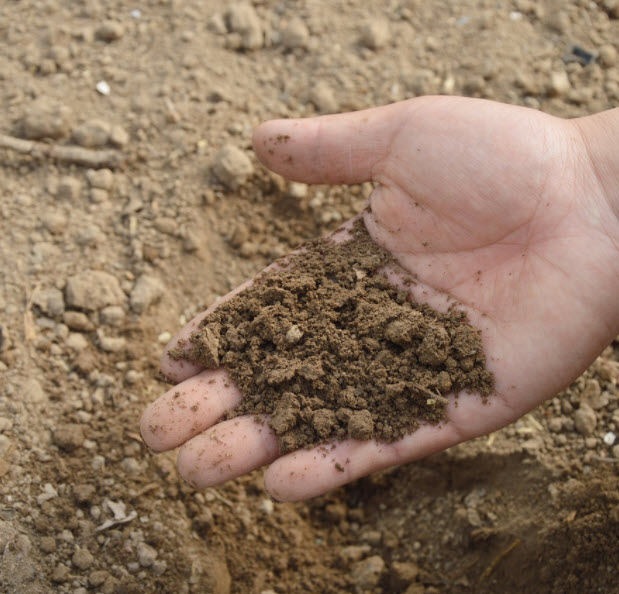
8/6/2022
What harmful substances are in food packaging? Most chemicals detected in food contact materials are not listed for use. Food packaging is important for today’s globalized food system, but food contact materials (FCMs) can also be a source of hazardous chemicals migrating into foodstuffs. Assessing the impacts of FCMs on human health requires a comprehensive identification of the chemicals they contain, the food contact chemicals (FCCs). Researchers at the University of Basel systematically compiled a“database on migrating and extractable food contact chemicals” (FCCmigex) using information from 1210 studies. They found that to date 2881 FCCs have been detected, in a total of six FCM groups (Plastics, Paper & Board, Metal, Multi-materials, Glass & Ceramic, and Other FCMs). 65% of these detected FCCs were previously not known to be used in FCMs. Conversely, of the more than 12’000 FCCs known to be used, only 1013 are included in the FCCmigex database. Plastic is the most studied FCM with 1975 FCCs detected. Their findings expand the universe of known FCCs to 14,153 chemicals. This knowledge will contribute to developing non-hazardous FCMs that lead to safer food and support a circular economy.
Birgit Geueke et al.; Systematic Evidence on migrating and extractable Food Contact Chemicals: Most Chemicals detected in Food Contact Materials are not listed for Use; Critical Reviews in Food Science and Nutrition (2022)
Photo Pixabay
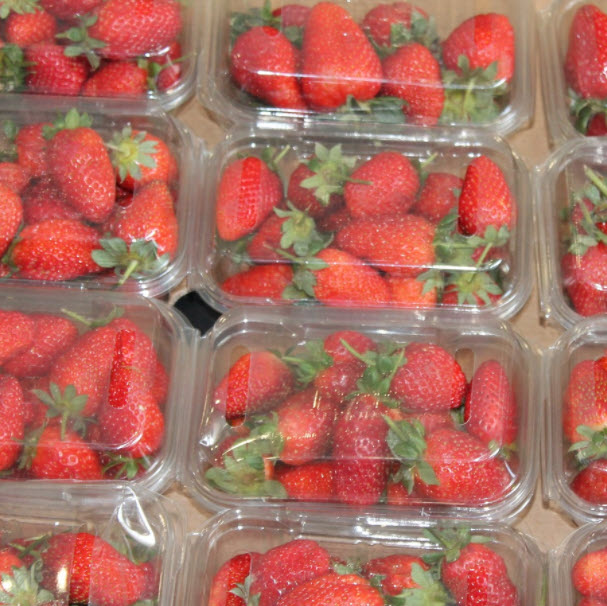
7/6/2022
Organic hydrotrioxides (ROOOH) are known to be strong oxidants used in organic synthesis. It has been speculated that they are formed in the atmosphere through the gas-phase reaction of organic peroxy-radicals (RO2) with hydroxyl radicals (OH). Researchers from the Leibniz Institute for Tropospheric Research in Leipzig, Germany, have reported the direct observation of ROOOH formation from several atmospherically relevant RO2 radicals. For the OH-initiated degradation of isoprene, global modelling predicts molar hydrotrioxide formation yields of up to 1%, which represents an annual ROOOH formation of about 10 million metric tons. The atmospheric lifetime of ROOOH is estimated to be minutes to hours. Hydrotrioxides represent a previously omitted substance class in the atmosphere, the impact of which needs to be examined.
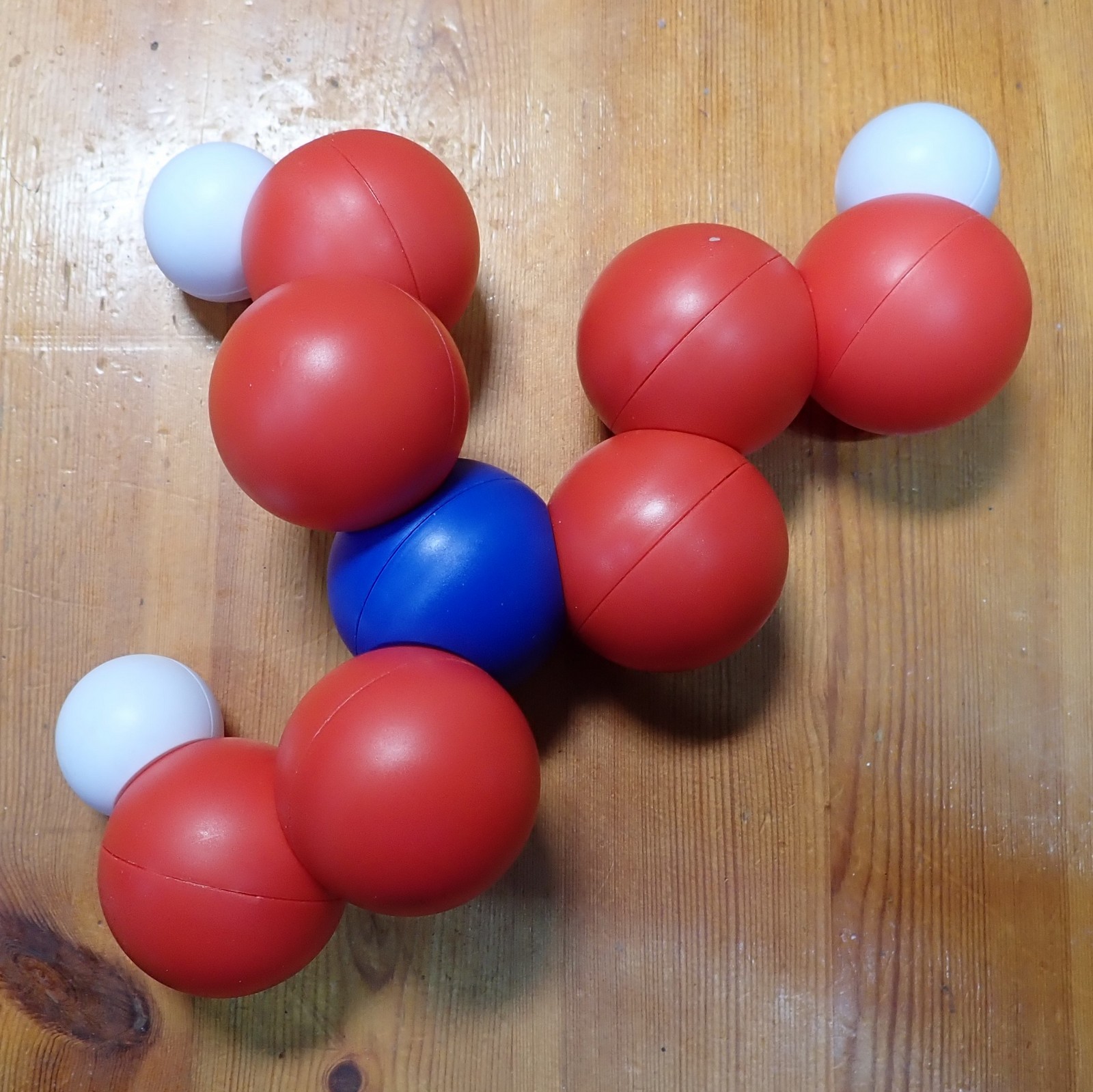
6/6/2022
Single-use plastic bags are now banned in Albania. The amendments to the law on integrated waste management, passed by parliament in March, came into force today. According to the new rule, it is forbidden to produce, import and sell single-use plastic bags including those that are defined as oxo-degradable or oxo-biodegradable. The legislation excludes those with a thickness of at least 70 microns that can hold a minimum of ten kilograms. They can’t be smaller than 50 times 24 centimetres in size. Albania doesn’t have any recycling facilities that can properly expose oxo-degradable and oxo-biodegradable plastics to oxygen. The European Commission has banned oxo-degradable and oxo-biodegradable plastics. These materials can only be broken down in controlled conditions for microorganisms and fungus to take over and that in landfills and water it just turns into microplastics and releases chemicals and metals (even cobalt!) from the additives that are supposed to accelerate the process.
Photo Pixabay
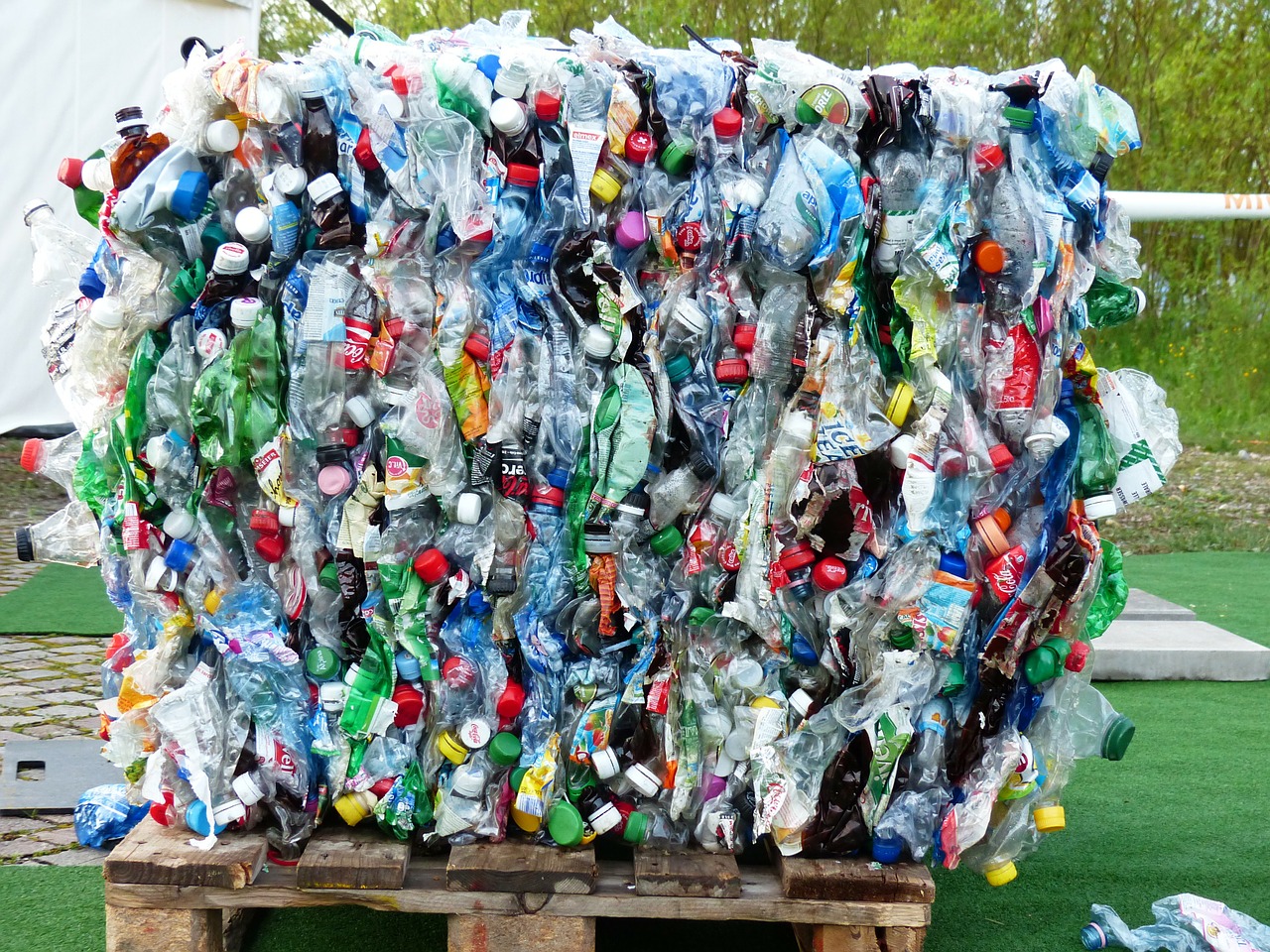
5/6/2022
Looking back over the records of the past 11 years June , which should be one of the best months for solar capture isn't. In fact over the last 11 years every year has been poorer than that of May or July. The weather patterns suggest that this year is not going to be too different. June more than 20 years ago used to be a good month and now , for at the least the last 11 years it hasn't. This could be due to climate change could it?
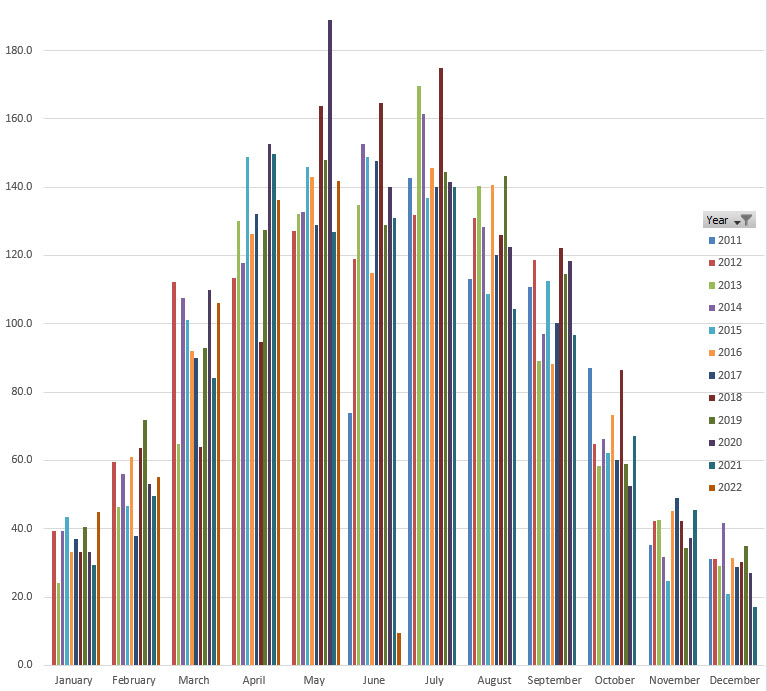
4/6/2022
Ames Laboratory scientists developed improved inorganic catalysts to deconstruct polyolefin plastics into molecules that can be used to create more valuable products. The catalyst consists of platinum particles supported on a solid silica core and surrounded by a silica shell with uniform pores that provide access to catalytic sites. During catalysis, a polymer chain enters a pore and contacts a Pt NP where the C–C bond cleavage occurs and then the smaller fragment exits the pore. The new research suggests a framework for new catalyst design by separating the C–C bond cleavage activity at catalytic sites from selectivity for chain lengths of the products influenced by the structure of the catalytic architecture.
Photo Xun Wu et al.; Size-Controlled Nanoparticles Embedded in a Mesoporous Architecture Leading to Efficient and Selective Hydrogenolysis of Polyolefins; J. Am. Chem. Soc. 2022
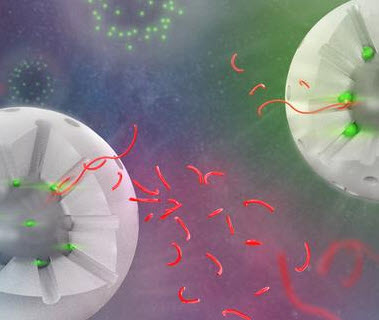
3/6/2022
Green hydrogen is is currently made by splitting water into hydrogen and oxygen using a electrolysis or a fuel cell, powered by electricity that comes from renewable energy sources. What would be better if we could harness the natural system used in plants to use sunlight directly to split water. Researchers at Technische Universität Wien are looking at new catalysts which are now making this possible, in a process called "photocatalytic water splitting". When this is done two different mechanisms have to be looked at, the oxygen atoms of the water must be transformed into O2 molecules, and the remaining hydrogen ions must be turned into H2 molecules.” Different teams have demonstrated exceptional electrochemical H2 generation from the MoS2 family of new catalysts and the clusters responsible for oxidising oxygen are made up of cobalt, tungsten and oxygen. Combining these two system could cheaply make Hydrogen and oxygen directly from light.
S. Batool et al., Surface-Anchoring and Active Sites of [Mo3S13]2- Clusters as Co-Catalysts for Photocatalytic Hydrogen Evolution. ACS Catalysis, 2022, 12, 6641-6650.
Photo S.P. Nandan et al., Immobilization of a [CoIIICoII(H2O)W11O39]7- Polyoxoanion for Photocatalytic Oxygen Evolution Reaction, ACS Materials Au, 2022.
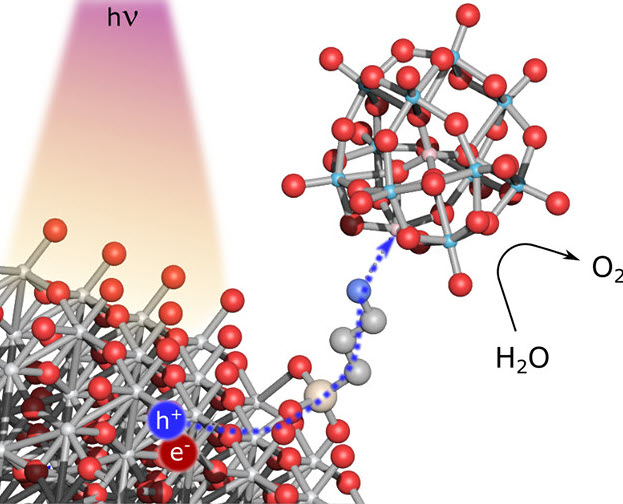
2/6/2022
The most common solar cells are silicon-based, but there is a new generation of solar cells made from thin films of perovskite, which is a titanium and calcium crystal, promises much greater efficiencies. However, the perovskites degrade far more quickly than silicon-based cells, so various chemical additives are being tried to improve the stability. Donglei Zhou from the Jilin University, China, looked at natural, healthy, and low-cost additives that could not only reduce the trap sites but also drastically improve stability. In this work, the natural antioxidant additive lycopene extracted from tomatoes was introduced into PSCs. The results indicate that lycopene can passivate the grain boundaries, improve the crystallinity, reduce trap density, and facilitate the α phase formation of perovskite at room temperature. As a result, the power conversion efficiency (PCE) is considerably improved . Additionally, lycopene can eliminate the UV-induced free radicals in the light aging process. The target device displays the enhanced hydrophobic, antioxidative properties and this paves the way for the development of environmentally friendly PSCs with high efficiency and stability, on the path toward industrialization.
https://onlinelibrary.wiley.com/doi/full/10.1002/aenm.202200614
Photo Pixabay
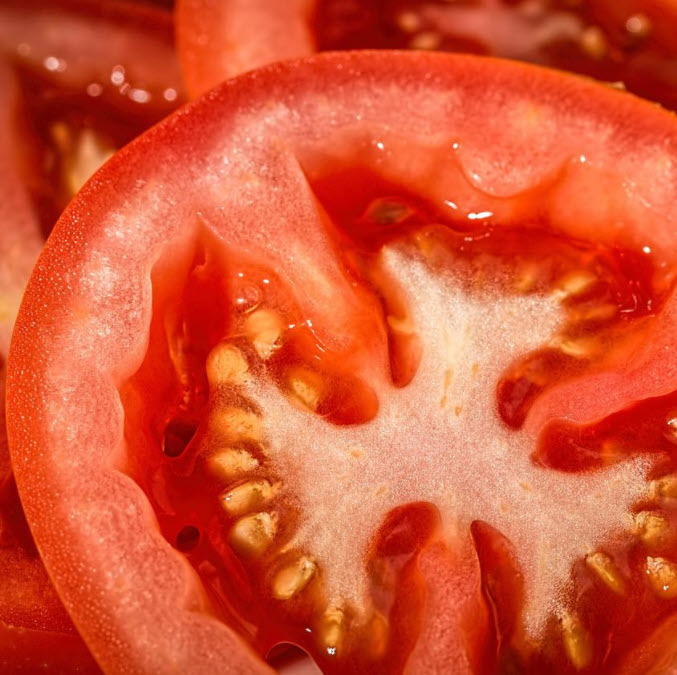
1/6/2022
One of the big challenges for the use of Hydrogen is to store and transport the highly explosive gas in a safe and easy way. Researchers from Goethe University Frankfurt has found an enzyme in a bacteria that lives in the absence of air and binds hydrogen directly to CO2 producing formic acid. The process is completely reversible – a basic requirement for hydrogen storage.The researchers have demonstrated for the first time that a bio-based system, using Acetobacterium woodii as the biocatalyst, allows multiple cycles of bi-directional hydrogenation of CO2 to formic acid in one bioreactor. The process was kept running over 2 weeks producing and oxidizing 330 mM formic acid in total. Unwanted side-product formation of acetic acid was prevented through metabolic engineering of the organism. The demonstrated process design can be considered as a future “bio-battery” for the reversible storage of electrons in the form of H2 in formic acid, a versatile compound.
Photo Photo Fabian M. Schwarz, Florian Oswald, Jimyung Moon, Volker Müller: Biological hydrogen storage and release through multiple cycles of bi-directional hydrogenation of CO2 to formic acid in a single process unit. Joule (2022)
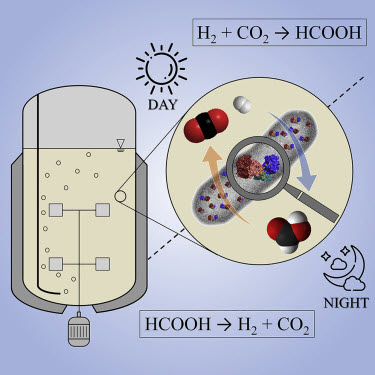
A very average Month with lots of low pressure sweeping in givingg sunshine and showers. Temperatures pretty low. No signs of summer starting. View Data
New ways, New technology